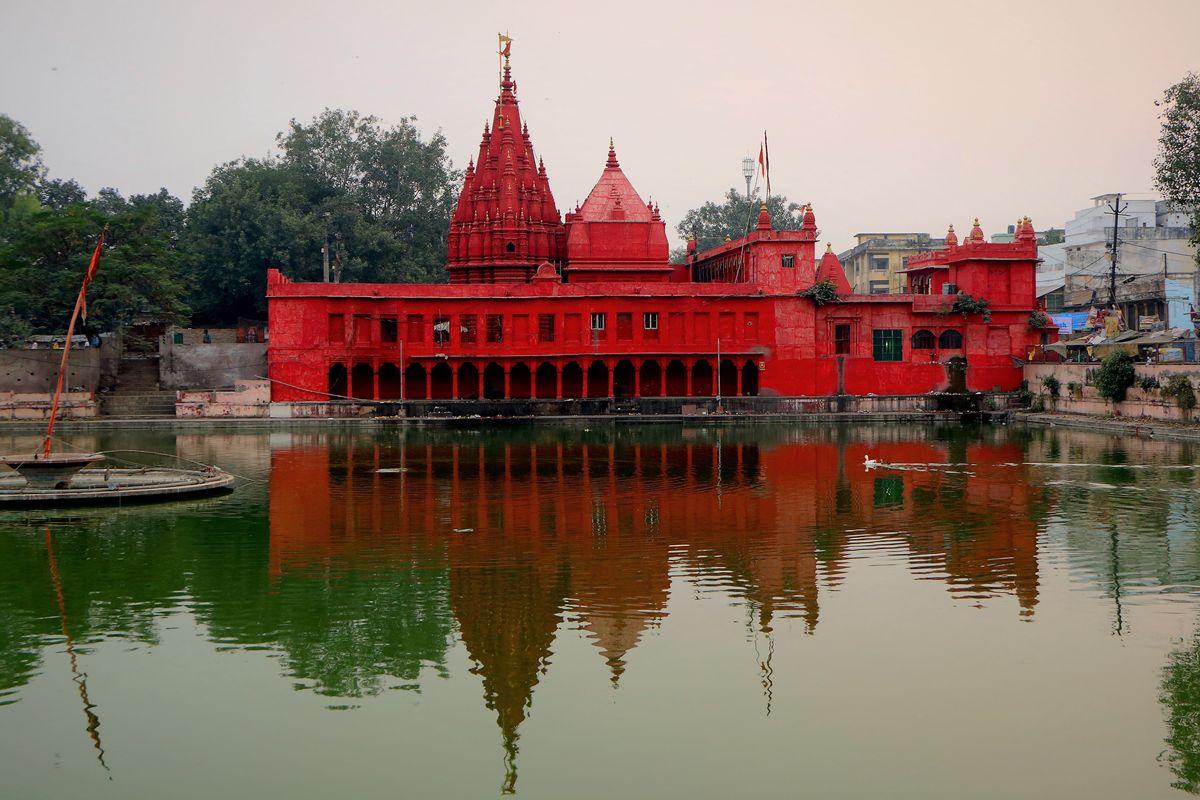World 🢖 Asia 🢖 India 🢖 Uttar Pradesh
Ancient cities and towns 🢔 Settlements 🢔 Architectural wonders 🢔 Categories of wonders
Wonder
Varanasi
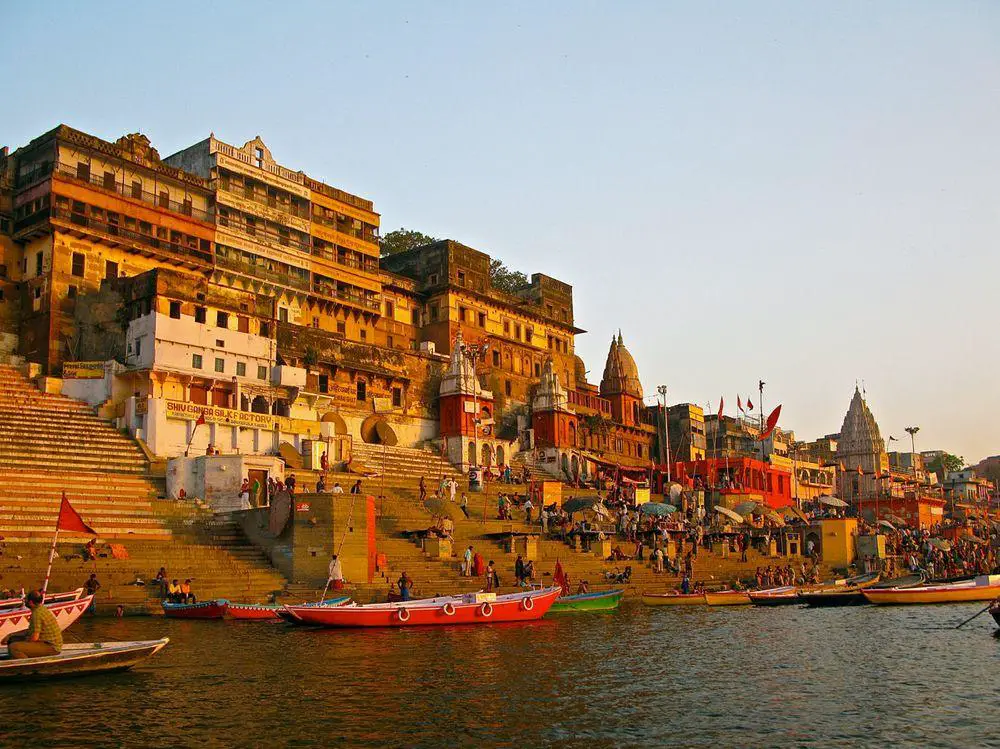
 In short
In short
Ancient holy city of Buddhists, Hindu, and Jains, the holiest city for Hindus. With an approximate 3000 years age Varanasi is one of the oldest inhabited cities of the world. In Varanasi are hundreds of architecture and history monuments but especially interesting and unusual are ghats – more than 80 large stairways leading to the Ganges. A major centre of Indian religion and culture.
 72.0%
72.0%
GPS coordinates
Alternate names
Name in Hindi
Map of the site
If you see this after your page is loaded completely, leafletJS files are missing.
 In detail
In detail
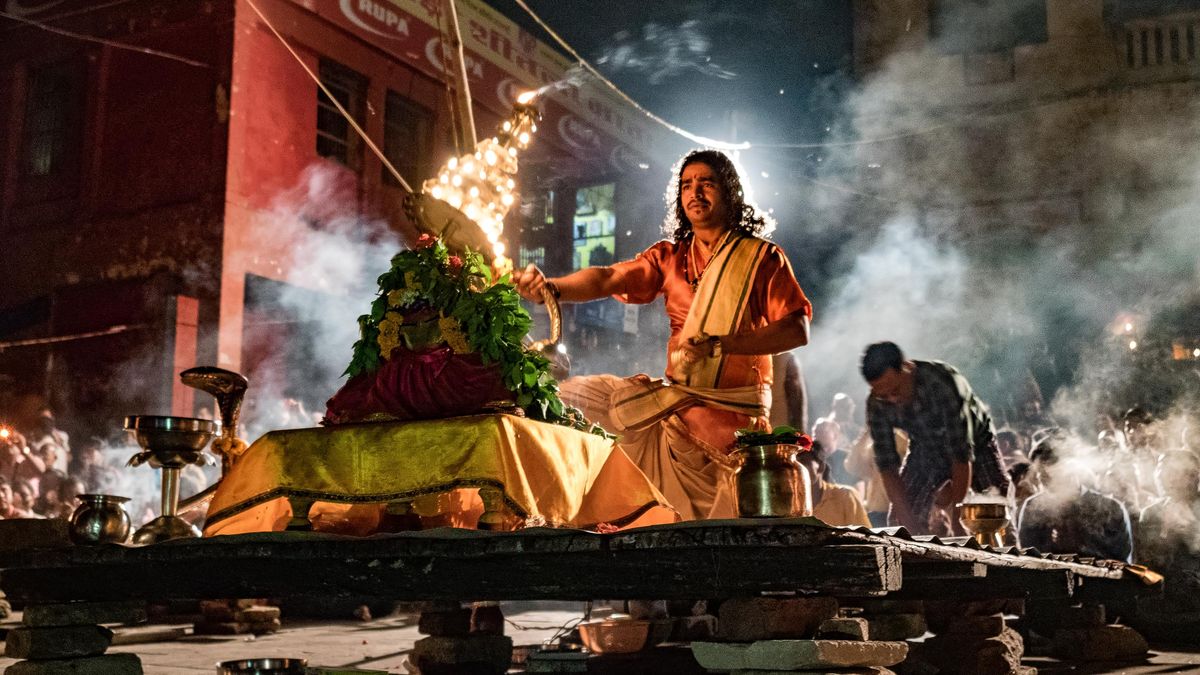
There is one word that many visitors to Varanasi are using frequently: overwhelming. The diversity of architecture, people, colors, sounds, and, above all, the zillion of untold but, nevertheless, perceptible stories behind all this diversity stream into the mind of an unprepared tourist from Europe or North America. This is an absolutely unique city, a metropolis that exists for some 4 000 years, it impersonates the greateness of the Indian civilization.
History
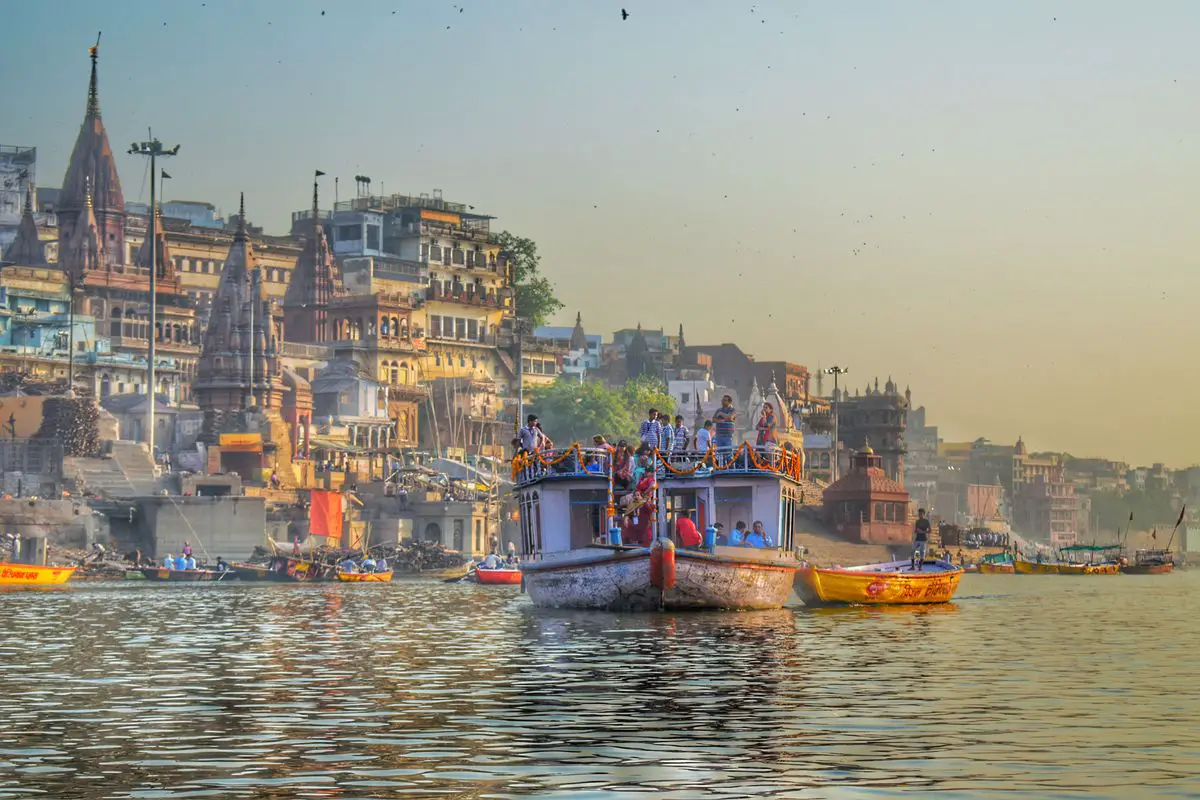
Varanasi belongs to the world’s oldest cities with continuous habitation. Many Indians are convinced that this is the oldest city in the world.
According to Hindu mythology, Shiva founded the city in a place where the head of Brahma (killed by Shiva) fell on the ground and disappeared. Throughout its history, Varanasi has been a major center of arts, culture, and religion. Many of the most influential people in the history of India lived and acted in Varanasi.
- 1800 BC – the oldest finds of the habitation in the vicinities of the city.
- 800 BC – the oldest known artefacts of a settlement in the central part of the city.
- 528 BC – Gautama Buddha gave the first sermon nearby, in Sarnath and the religion of Buddhism was born. Buddha often visited Varanasi and this city impacted the early history of Buddhism. By this time Varanasi was a significant urban center. Varanasi was at the crossroads of two important trade routes – the Ganges and the trade route to North India.
- Around 635 AD – the Chinese traveler Xuanzang visited Varanasi and described it as a large metropolis that extends for some 5 kilometers along the Ganges. He mentioned that the city had some 30 temples.
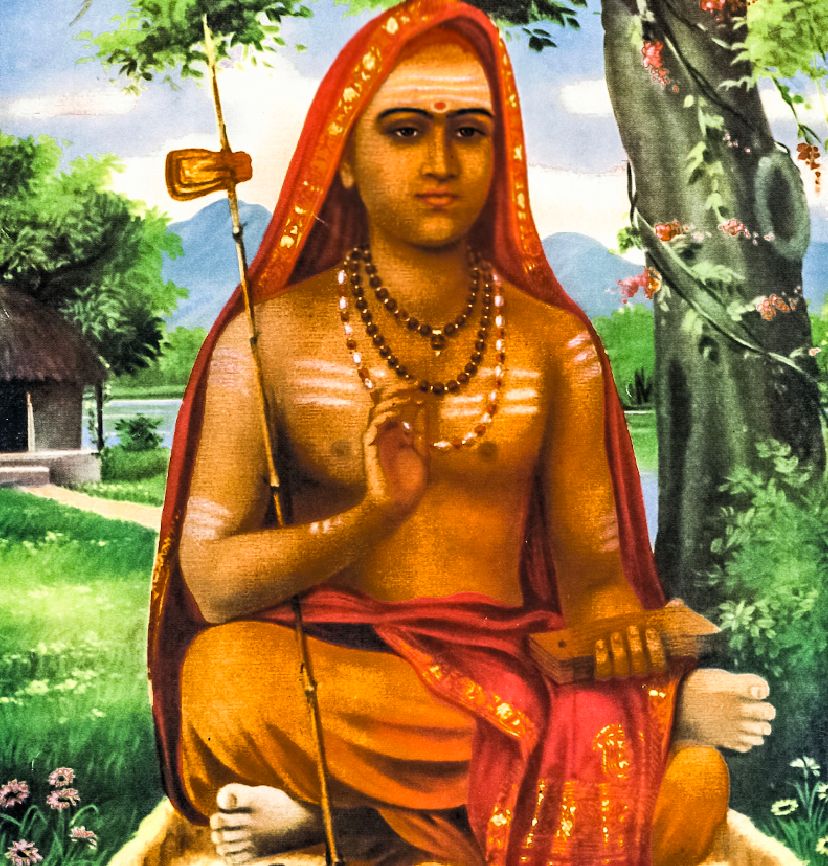
Adi Shankara. / Bajirao1007, Wikimedia Commons / CC BY-SA 4.0 - Middle of the 8th century AD – the worship of Shiva was established as the official sect of Varanasi by the influential Vedic scholar Adi Shankara. Varanasi became a Hindu religious learning center.
- 1034 – attack of a unit of the Sultan Mahmud Ghaznavi army on Varanasi. Even if this attack was not supported by the Sultan, it marked the increasing Islamic influence in this part of India.
- 1194 – Sultan Mu’izz al-Din Muhammad captured Varanasi. The city was to a large extent demolished, several Hindu temples were destroyed.
- 1506 or 1507 – The future founder of Sikhism Guru Nanak visited Varanasi and his experiences in the city helped to form the religion of Sikhism. Varanasi is an important learning center for Sikhs up to this day.
- Second half of the 16th century – major development of the city during the reign of Mughal emperor Akbar.
- After 1656 – Mughal emperor Aurangzeb ordered to demolish numerous Hindu temples and to build mosques instead.
- 1722 – Mughal Empire was weakening and Varanasi got under the control of Saadat Ali Khan I, the Nawab of Awadh.
- 1739 – Varanasi became the capital of Benares State and in 1740 Balwant Singh declared himself Maharaja of Benares. A prolonged guerilla war ensued in the coming decades against the neighboring Nawab of Awadh.
- Middle and late 18th century – most of the present-day Varanasi historical center was constructed in this time period. Varanasi became an important tourism destination.
- 1775 – the city was acquired by the East India Company, it was ruled by Maharaja Chait Singh.
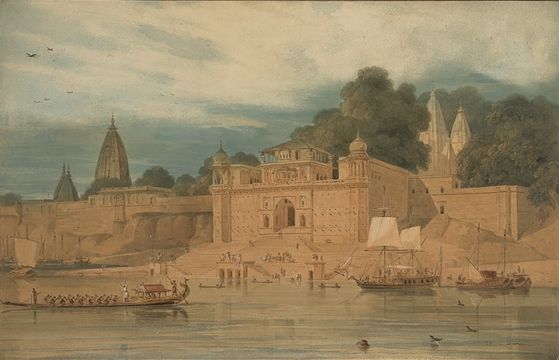
Shivala Ghat in Varanasi, 1790. / painting by Thomas Daniell, Wikimedia Commons / public domain - 1781 – Revolt of Benares. Maharaja made an attempt to get free of the control of East India Company without success. Maharaja managed to arrest even the Governor-General of India, Warren Hastings. Hastings escaped from Varanasi under the disguise of a woman.
- 1791 – Sanskrit College (now Sampurnanand Sanskrit University) was founded in Varanasi. This university and research center has gained huge importance in the learning of Indian philosophy, religion and culture.
- 1830ies – there are more than 1 000 temples in the city.
- 1911 – Benares State became a separate entity of British India with its own prince. Formal capital of the state was in Ramnagar across the Ganges.
- 1947 – with the independence of India Benares State was dissolved and became a part of Uttar Pradesh State.
- 2020 – the highest number of tourists so far visited Varanasi. In total the city accepted nearly 8.9 million tourists, around 8.7 million of them were Indians.
Description
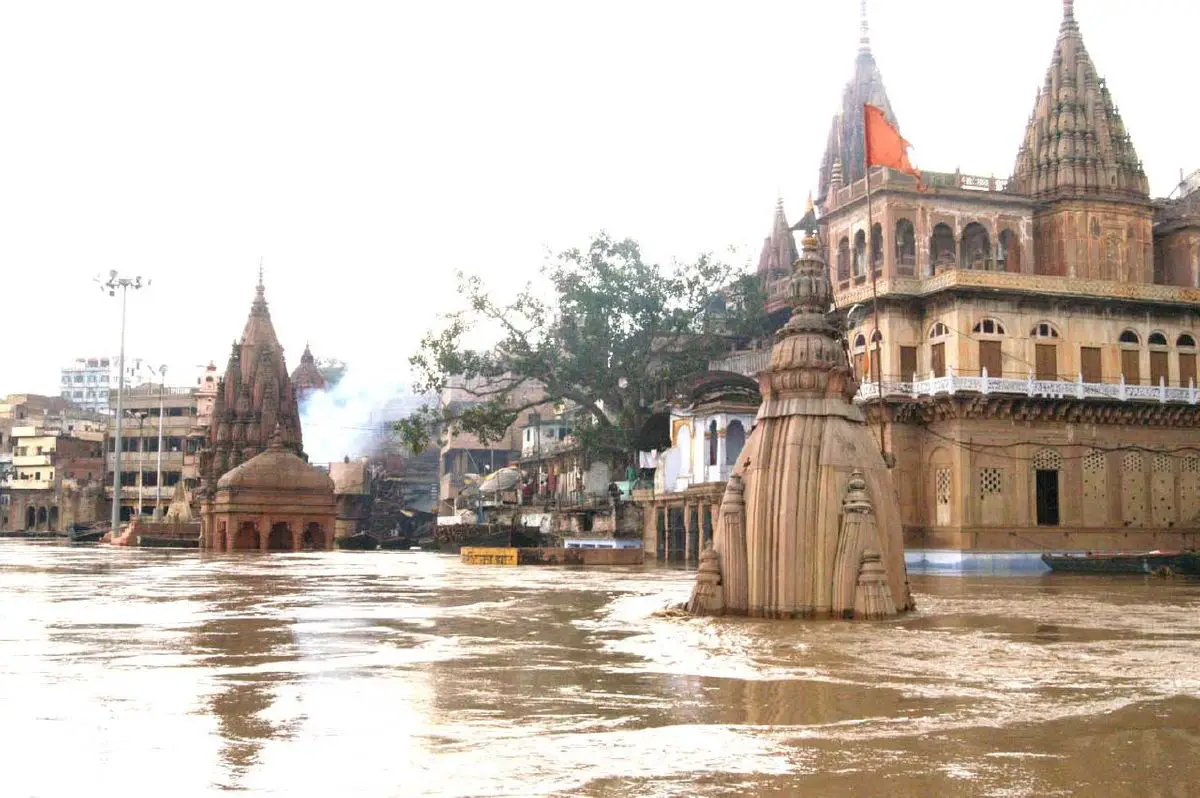
Varanasi up to this day is the central place of Hindu pilgrimage and much of the city life is linked to this. Hindus believe that dying and being cremated at the Ganges in Varanasi gives a possibility to break the cycle of rebirth and reach salvation. Thus, millions of Hindus come to the city to die there and their ashes are poured into the sacred river. There are numerous other Hindu rituals at the sacred Ganges as well.
These traditions created Varanasi’s unique features of urban planning.
Ghats of Varanasi
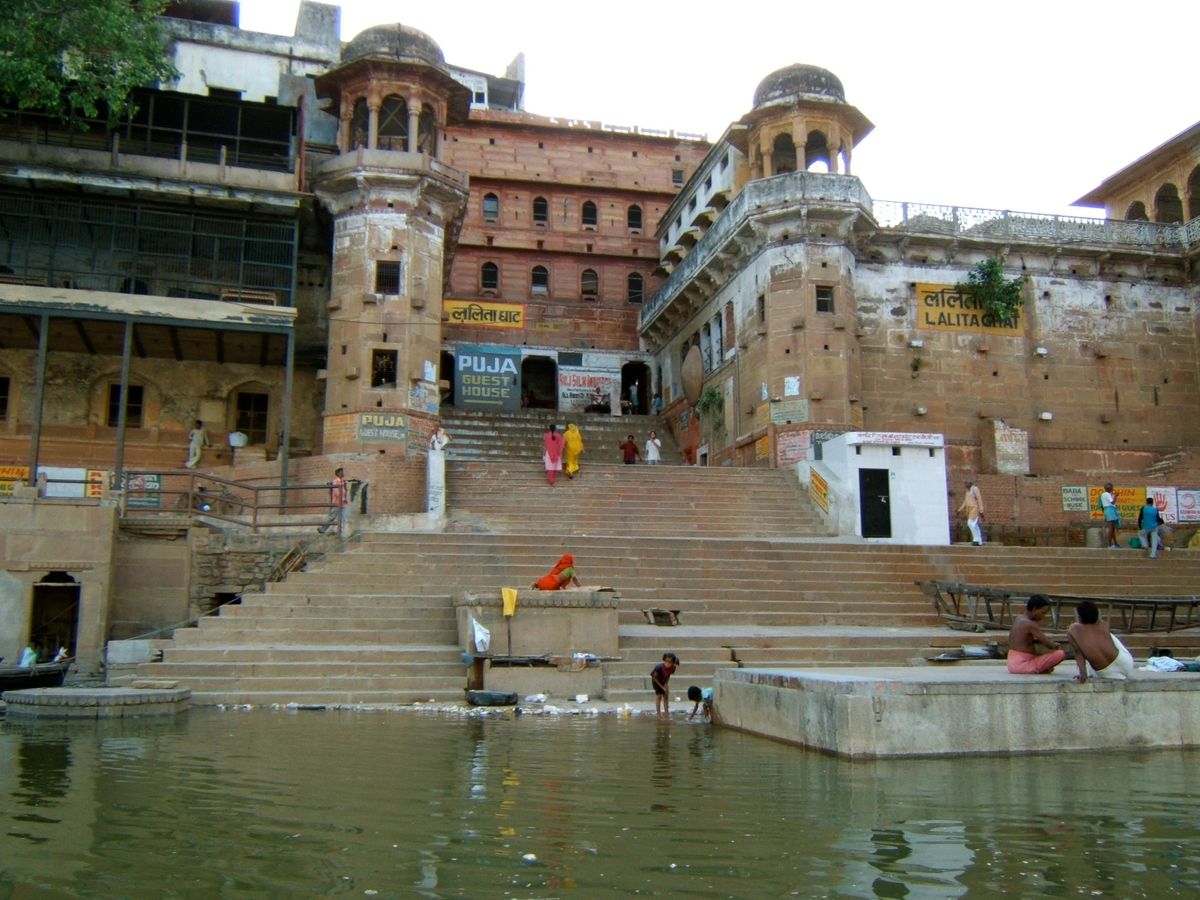
The religious rituals and the whole life of Varanasi are closely linked to the Ganges. Since ancient times people on the steep coast of the Ganges built staircases that enabled access to the river. Each of these stairs has some 40 to 60 steps, and is named ghats. In total in the city are 84-88 such ghats over the distance of some 6.5 kilometers, each with its own history and the ensemble of surrounding buildings. Most of the current ghats were built in the 18th century, frequently – on the site of earlier stairways, but the ghats have existed in Varanasi since the 8th century AD at least.
One of the most exciting ways to experience Varanasi is an early morning boat drive along the ghats, watching the eternal spectacle of daily life in this unusual city. Ghats are the place where much of the life is happening in the city: religious rituals, burials, marriage, and other festivities as well as everyday walks and, of course, the trade and guiding of the hordes of tourists.
The most prominent ghats of Varanasi are:
- Dashashwamedh Ghat – possibly the most impressive and most central ghat in Varanasi. The current ghat was built in 1748. This is a location with spectacular evening rituals – Ganga aarti.
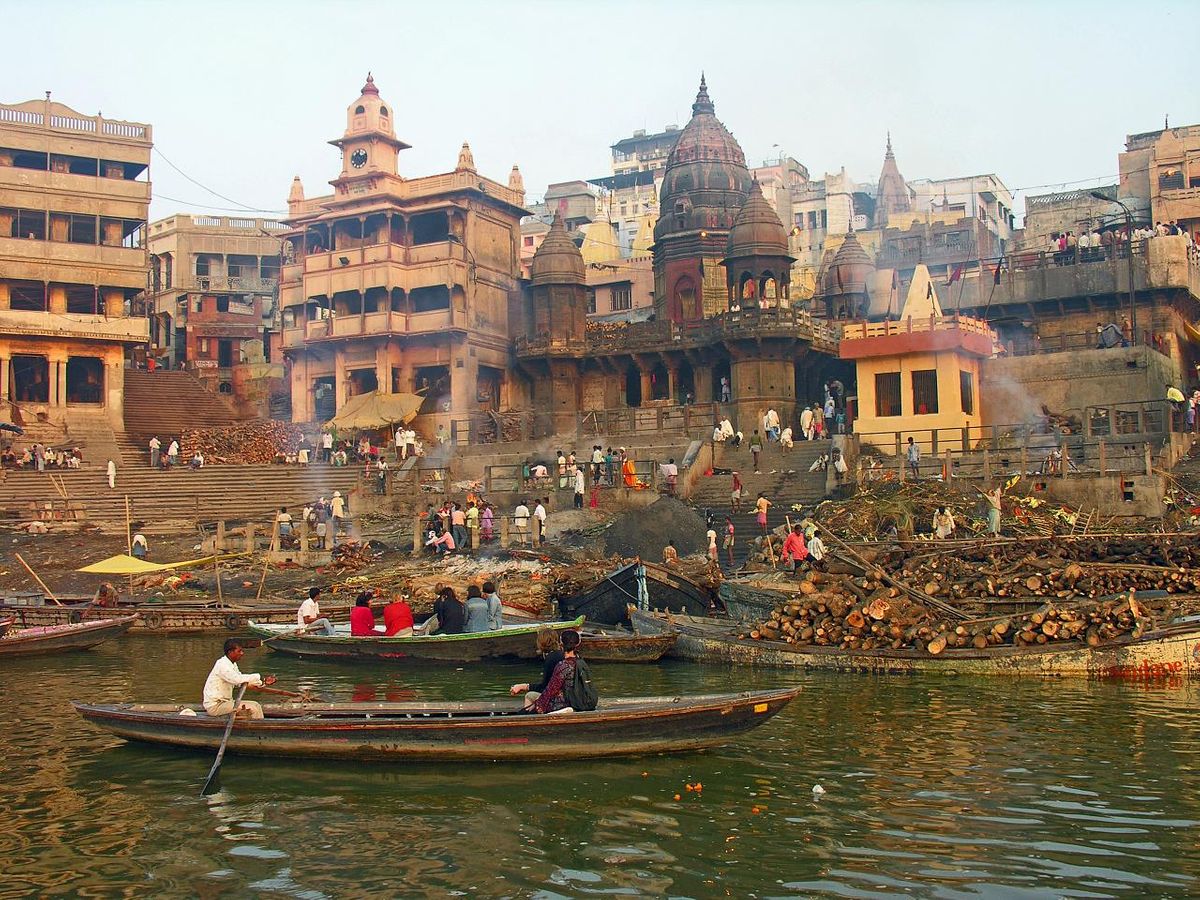
Manikarnika Ghat, Varanasi. / Dennis Jarvis, Flickr / CC BY-SA 2.0 - Manikarnika Ghat – one of the oldest and holiest ghats in the city, first mentioned in the 5th century AD. In Hindu mythology, the deceased ones who are cremated there, receive moksha, e.g. they are liberated from the eternal cycle of rebirth and death. Thus, this is an unusual and even unsettling place where the bodies of dead people burn almost all the time. An unusual temple – Ratneshwar Mahadev temple – is located between this ghat and Scindia Ghat. This is a leaning structure, slanted per 9 degrees. For the most part of the year, it is partially submerged in the river.
- Harishchandra Ghat – another well known cremation ghat with a similar legend about its importance.
- Assi Ghat – the most “touristy” ghat with diverse public activities. This is a holy site where the sacred Asi River flows into the Ganges.
- Ganga Mahal Ghat – beautiful ghat next to Assi Ghat. It was built in 1830.
- Raj Ghat – the northernmost ghat. This is a less impressive ghat but on this site were discovered the possible beginnings of Varanasi – traces of a settlement that was inhabited already in the 8th century BC.
- Maan-Mandir Ghat – one of the most beautiful ghats, constructed in 1600 AD. This ghat is adorned with a beautiful palace above it with the famous Jantar Mantar observatory on it.
- Lalita Ghat – a beautiful ghat that is an important monument of Nepali culture. It was developed in the early 19th century by exiled King of Nepal. The beautiful Nepali Mandir and Lalita Gauri Mandir rise above this stairway.
- Bachraj Ghat (Jain Ghat) is a very important Jain shrine with three beautiful Jain temples.
Outstanding buildings
There are thousands of architecturally and historically important buildings in the city. There are almost 3000 temples and shrines in the city as well as numerous palaces and other amazing structures. One should always remember that many historical buildings in Varanasi stand in the place of former buildings and the history of some structures is millennia-old… Some of the most prominent current architectural landmarks are:
Temples
- Kashi Vishwanath Mandir – one of twelve Maha Jyotirlingas, the holiest temples of Shiva. This temple has been demolished several times by Muslim rulers, the current temple was built in 1780 and has a prominent, gold-covered dome and spire.
- Kaal Bhairav Mandir – one of the holiest Shiva temples. This is an ominous temple that is devoted to Kaal Bhairav: a fierce form of Shiva. According to beliefs even the death fears of Kaal Bhairav. The temple is accordingly adorned with skull garlands. According to the legend, Shiva founded Varanasi in the place where the head of Brahma fell from his hand on the ground – thus this temple in a way symbolizes the beginnings of Varanasi City.
- Durga Mandir – a gorgeous Hinduist temple that is devoted to Durga. This ornate, red-colored temple was built in the 18th century in the Nagara style. Next to the temple is a large pond – Durga Kund.
- Annapurna Devi Mandir – this Hinduist temple is devoted to Annapurna, a goddess for nourishment. The ornate structure was constructed in 1729 in the Nagara style. This is a living temple with numerous religious festivities throughout the year.
- Nepali Mandir – this temple is like a small piece of Nepal in Varanasi. It was constructed in the early 19th century by the exiled King of Nepal. It is a copy of Pashupatinath Temple in Kathmandu.
Other structures
- Jantar Mantar – one of five astronomical observatories that were built during the times of Maharaja Jai Singh II. This observatory was built in 1737 and there were installed instruments to follow the course of the Sun, planets, and stars.
- Ramnagar Fort – this beautiful and impressive fort is located on the other, eastern bank of the Ganges. This enormous castle in Mughal architecture style was constructed in the 18th century and today frequently is used as a filming location.
References
- UNESCO World Heritage Convention. Iconic Riverfront of the Historic City of Varanasi. Accessed on July 10, 2022.
 Linked articles
Linked articles

Wonders of India
India is the seventh-largest country in the world by area, and, naturally, such a large area contains a huge amount of exciting attractions…
Wondermondo considers that India is the second richest center of architectural heritage in the world after Europe and maybe no single country in the world can match it in this respect.
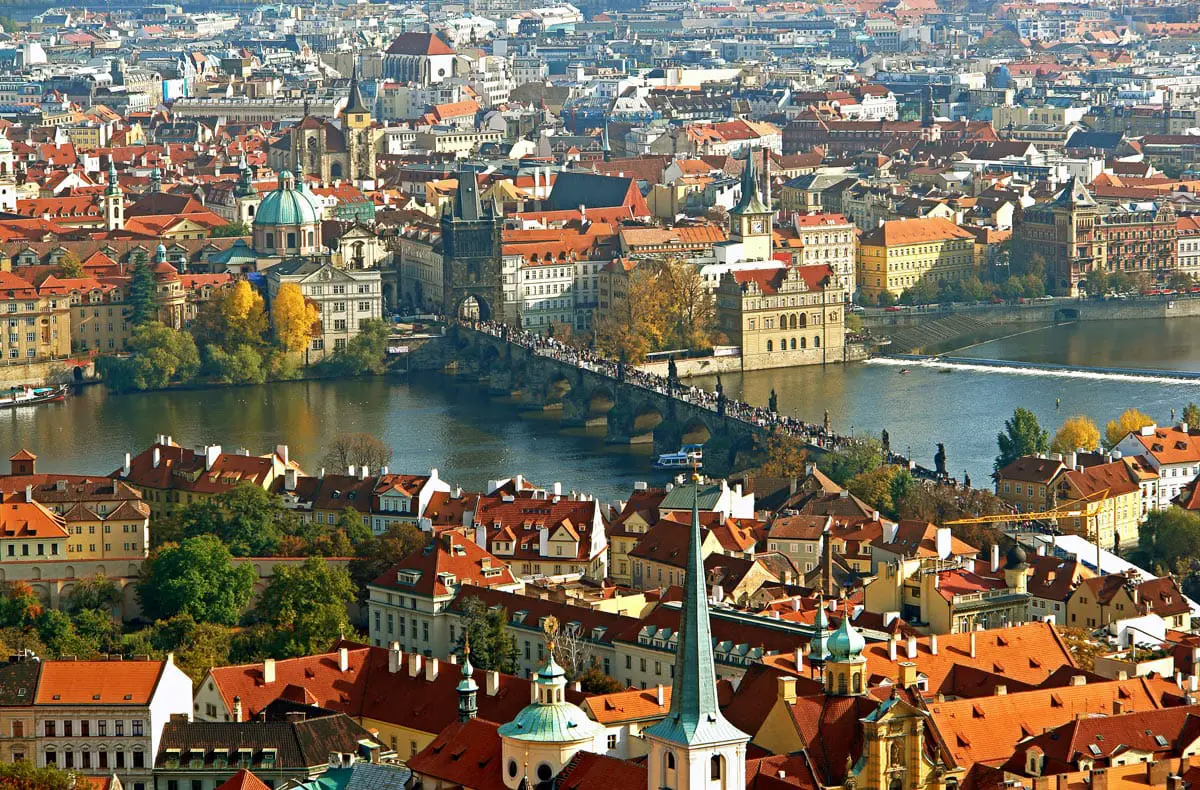
Cities and towns
Many of the most popular and exciting landmarks in the world are cities and towns. Millions of tourists are attracted to such cities as Venice, Florence, Prague, and Jerusalem. They never fail to impress and one will always find something new and unexpected here.

Ancient cities and towns
It turns out that urban planning is a very old profession. The urban fabric of ancient settlements – their structure and evolution gives a lot of food for thoughts about the nature of humans and civilization.
Wondermondo includes in the category of ancient cities and towns those settlements which have developed as urban areas at least 1500 years ago: around 500 AD.
 Recommended books
Recommended books
Kaleidoscope City: A Year in Varanasi
I will never forget my first sight of the river in Varanasi, from the narrowness and constriction of the alleys, thronged with activity, to the sudden release of the waterfront, the labyrinth’s end . . . It seems that all of life has its assigned place on the stone steps leading down to the Ganges. Some are used for bathing, others for laundry, washing buffalo, puja (worship, ceremonial offering), and this one for the business of death.
Night Train to Varanasi: India with my daughter
Writer and editor Sean Doyle has loved India for decades, so when his first-born, Anna, finishes high school, they set off on a two-month trip. She wants an adventure, he wants a holiday. But India is no cakewalk, especially for women: he’s nervous…

